Once considered the least important city in the quartet of fashion capitals, London Fashion Week has transformed from a fledgling week of lesser-known designers and commercial brands into a lineup of big names, promising young designers and buzzy parties.
However, with the specter of Brexit looming and the seismic shifts in culture courtesy of the #MeToo movement, many designers are keen to express more than just sartorial propositions. In fact, many of them are using their shows and collections as canvases for bigger ideas, questioning and exploring the nuances of how women live today and how they’ll want to express themselves tomorrow. Here are fiver wider conversations that emerged from the Spring-Summer 2019 shows.
Anniversaries and new beginnings
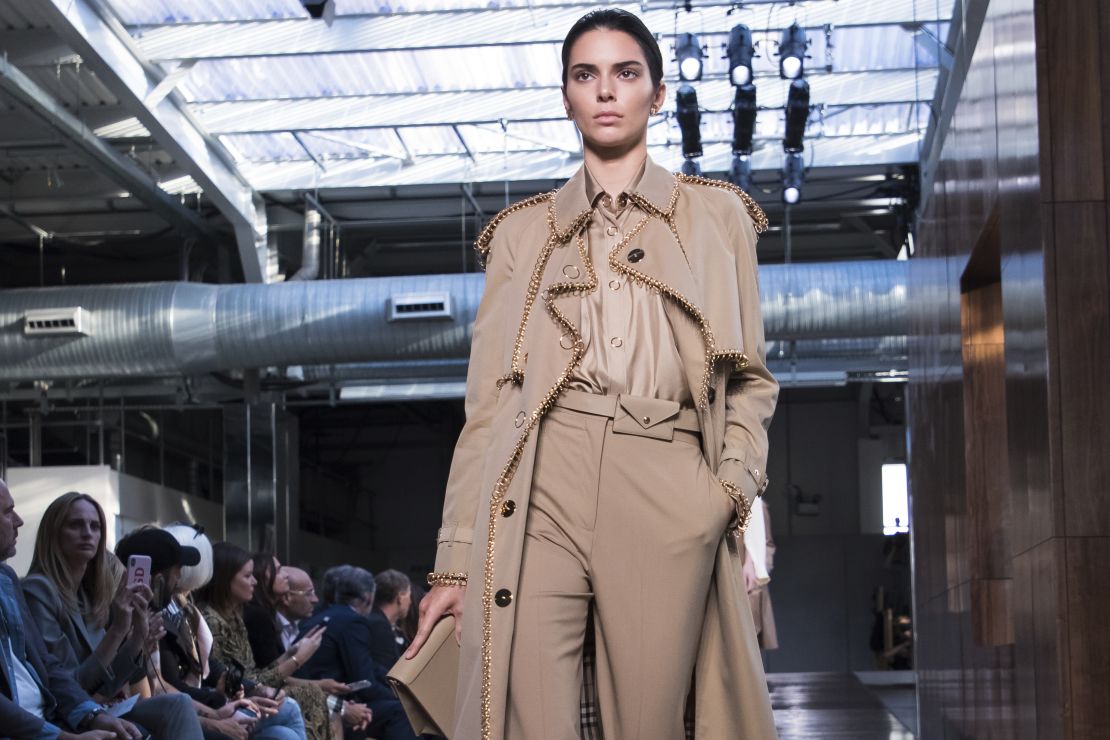
London Fashion Week was marked by a combination of anniversaries and new beginnings. Two designers, Victoria Beckham and Mary Katrantzou, celebrated a decade with landmark shows. Beckham decamped from New York to show in London for the first time, rounding off the day with a party that saw her dancing to “Spice Up Your Life” alongside British Vogue editor Edward Enninful. Meanwhile, Katrantzou sent out a highly embellished collection that drew on themes from her career, like trompe l’oeil, digital prints and show-stopping embroidery.
The week also marked a new dawn for Riccardo Tisci, the new creative director of Burberry. Tisci sent out a whopping 113 looks, each one a polished rendition of the classic Burberry wardrobe. Much of the womenswear adhered to a palette of beiges, browns and neutrals, while the menswear was altogether sharper and darker, inspired by Savile Row tailoring. The show finished with a parade of elegant black evening gowns that will surely find their way onto the backs of A-list stars.
The personal and political
In uncertain times as these, fashion usually responds with either escapism or realism, with provocation and protest hidden between the seams. Nicholas Kirkwood, who staged a fashion show just for his footwear, chose the latter, building a chaotic forest of computers and wires for a show inspired by the subculture of hacking. However, what really reasserted the notion of political protest was the arrival of activist Rose McGowan on the catwalk, taking off her shoes and holding them up in a powerful stance.
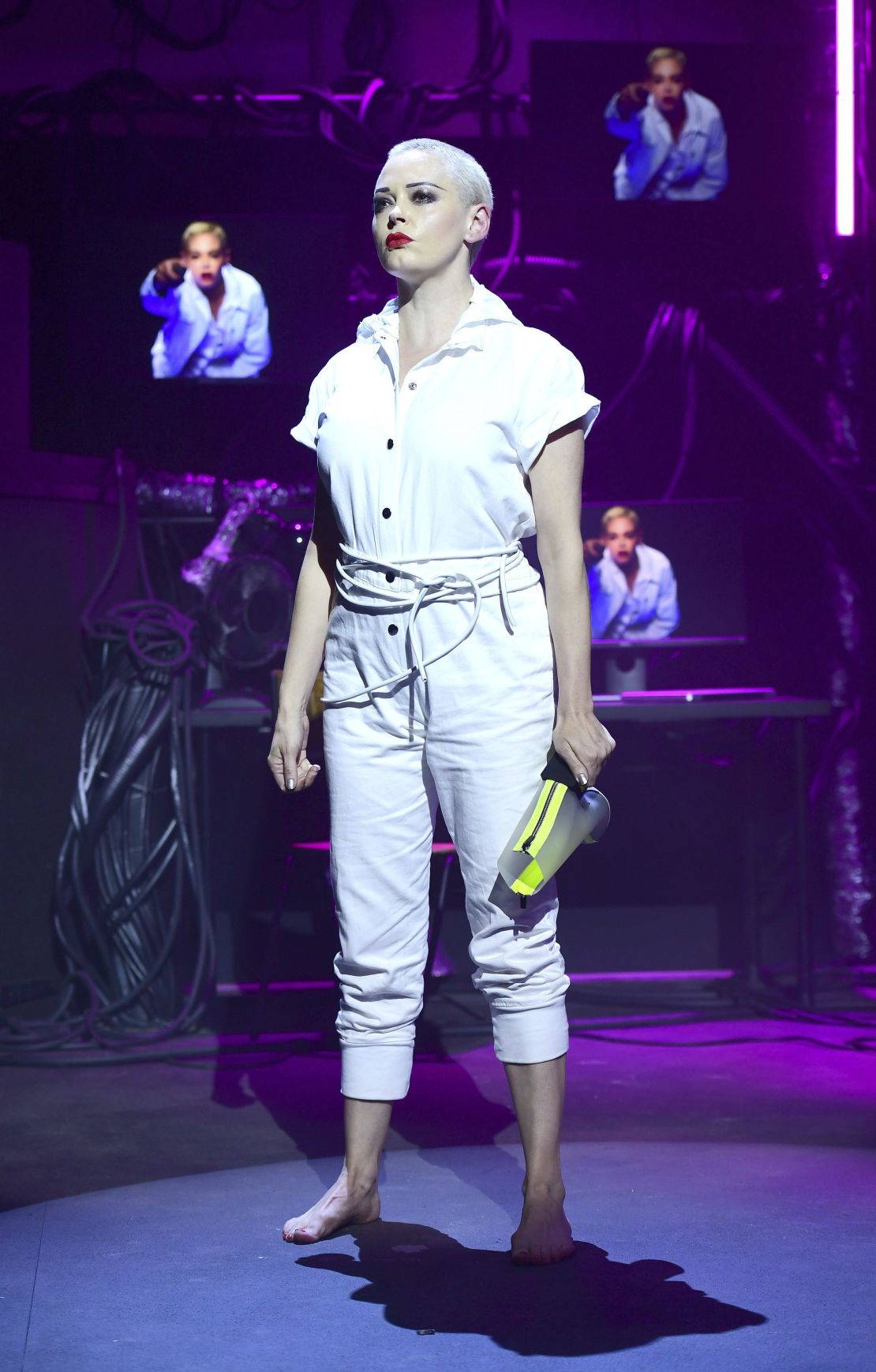
Elsewhere, Erdem Moralioglu, the proprietor of ultra-feminine florals, was inspired by Fanny and Stella – better known as Frederick Park and Ernest Boulton, two Victorian cross-dressers who were charged with “conspiring and inciting persons to commit an unnatural offense” in 1870 and eventually acquitted.
“These were people in such a conservative time dressing to be who they felt they were,” said Moralioglu.
The show was an imagining of what Stella and Fanny would be like if they were around today or even in the ’80s, hitting up subcultural nightclubs. Leg-of-mutton sleeves, taffeta bow, chintzy florals, tea gowns with boned corsetry were reimagined in club-kid neon brights and paraded down the halls of the National Portrait Gallery’s Victorian galleries. There were even a couple of boys in the show – not that you would be able to tell.
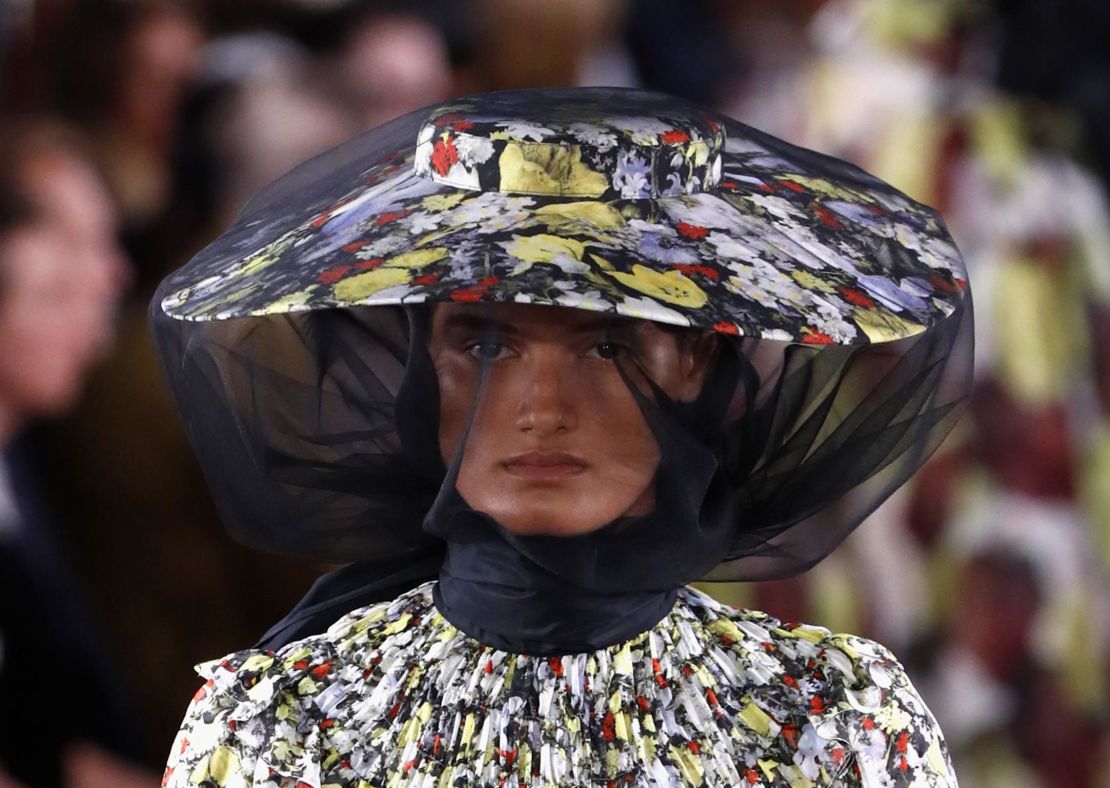
Meanwhile, Roland Mouret, who was once known for his body-conscious creations, put forward more fluid, forgiving silhouettes inspired by the activist and Parkland shooting survivor Emma González and yonic symbolism. There were brooches and badges, which were made in collaboration with female artist Mehrnoosh Khadivi, that invoked political participation and involvement.
“This season is based upon collective women’s voices,” he said backstage. “It’s also about going towards more of an emotional situation; a bit about letting go of expectations and rethinking the rules.”
The death of the stiletto
The once-loved stiletto could be on the wane, if the majority of the shows this week were anything to go by. Take Christopher Kane’s molecule-inspired sneakers in primary hues; Simone Rocha’s floor-sweeping satin slip-ons with feathers lining the sole; JW Anderson’s latest chubby-soled collaboration with Converse; or Nicholas Kirkwood’s light-up hi-tops.
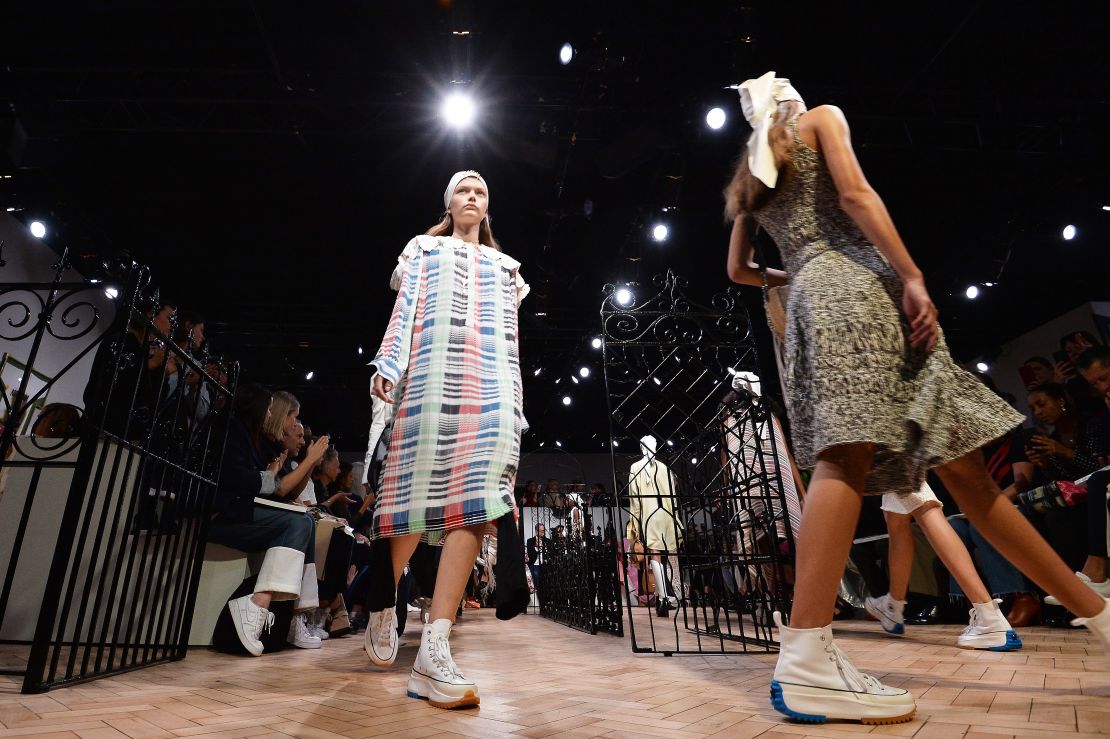
This is hardly surprising. Last year, sales of high heels dropped 12% in the US, while sales of women’s sneakers jumped 37%, according to a survey by NPD Group. The simple explanation would be that women are prioritizing comfort over style, dress codes are relaxing, and the offering of comfortable shoes is becoming more sophisticated every season.
The designers who did show stilettos and high heels found their models precipitously stumbling down the catwalk, often distracting from the clothes themselves.
Modern sexuality
In the age of #MeToo and #TimesUp, designers are grappling with how to present sexuality on the catwalk. With his unapologetically slinky, sexy and short-skirted collection – set to a fictional conversation between David Attenborough in conversation with Marilyn Monroe – Christopher Kane made a statement about how women should feel free to dress however they please.
“These are strong women dressing for themselves,” said Kane. “I was brought up by strong women and I don’t think that sex is anything to be ashamed of.”
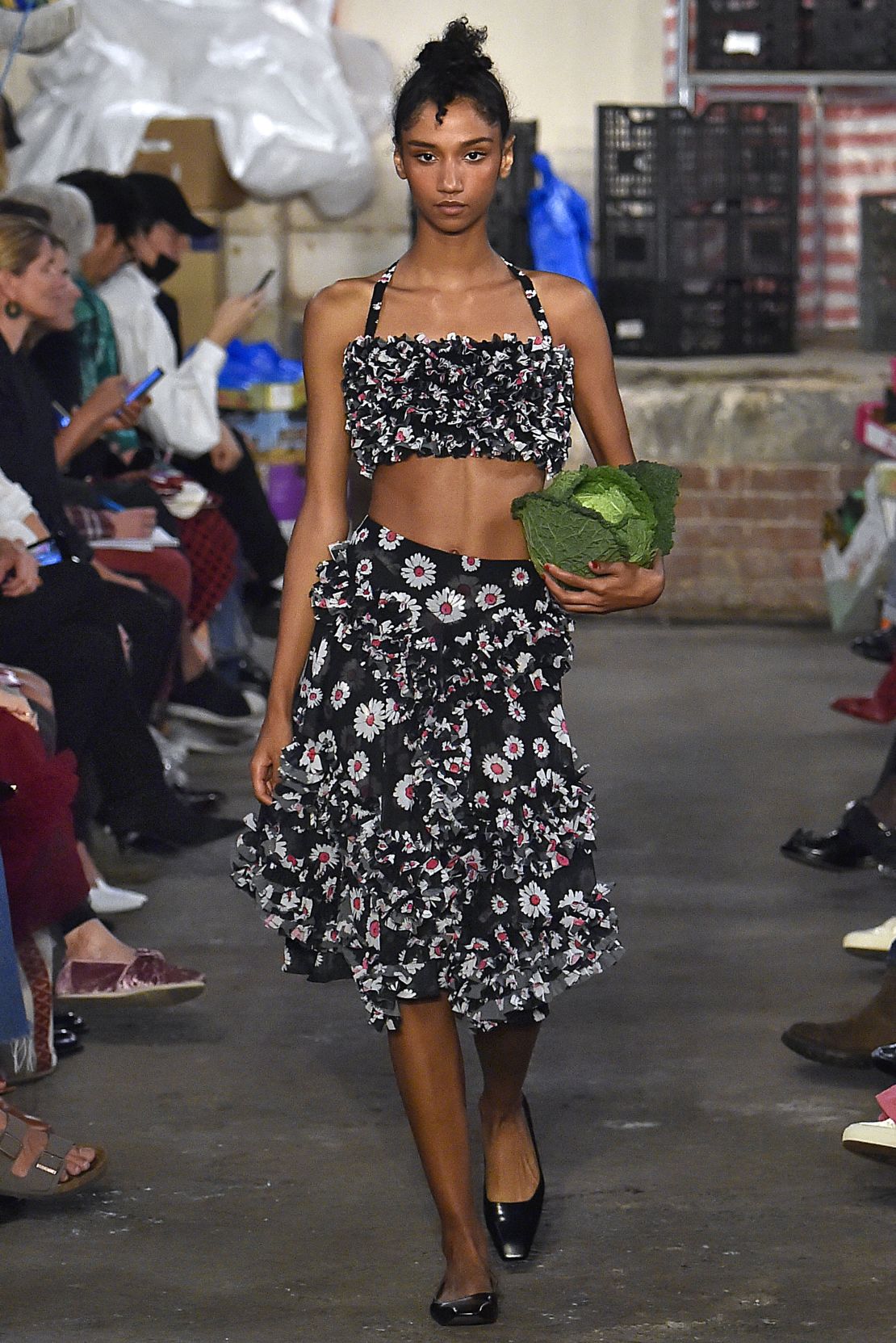
Other designers echoed the sentiment: David Koma showed a line of flamenco-inspired dresses that skimmed the thigh and hugged the body, and Charlotte Knowles presented a collection of skin-tight garments secured by straps and buckles. Even Molly Goddard, the winner of this year’s BFC/Vogue Designer Fashion Fund, sent out looks that showed more skin than her usual smocked babydoll dresses.
New perspectives
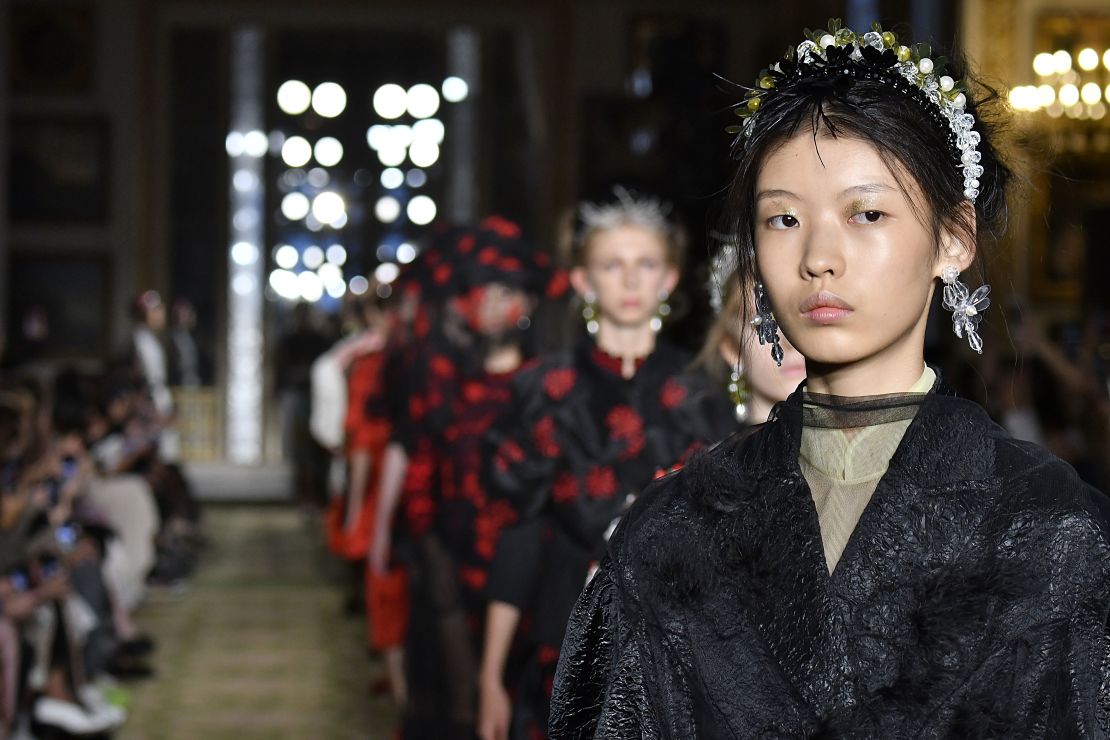
As the entertainment and fashion industries continue to embrace diversity – and attempt to avoid cultural appropriation – designers are presenting alternative perspectives to Eurocentric aesthetics. Simone Rocha’s show was an ode to Chinese women in the Tang dynasty (the Irish designer’s father is Chinese) and featured interpretations of paintings found in Hong Kong antique markets – themselves imitations of 16 Century paintings of Chinese concubines. The result was a spellbinding line up of cocoon shapes with prints of paintings, Tang-inspired chiffon aprons and scarlet embroidered line paintings on white cotton dresses.
Elsewhere, at Fashion East, the incubator of emerging talent, South London designer A Sai Ta explored his Vietnamese heritage. The Central Saint Martins graduate was inspired by the mantra of Kim Phuc (better known as “Napalm Girl” in war photographer Nick Ut’s famous image): “Love is more powerful than any weapon.” Hence, his show was an exploration of second-generation culture and the horrors of war. There were tie-dye camouflage prints, sharp-edged military details, spices of blue dragons and Chinoiserie, monastic Buddhist drapery, and the curves of traditional Vietnamese “ao dai” tunic.
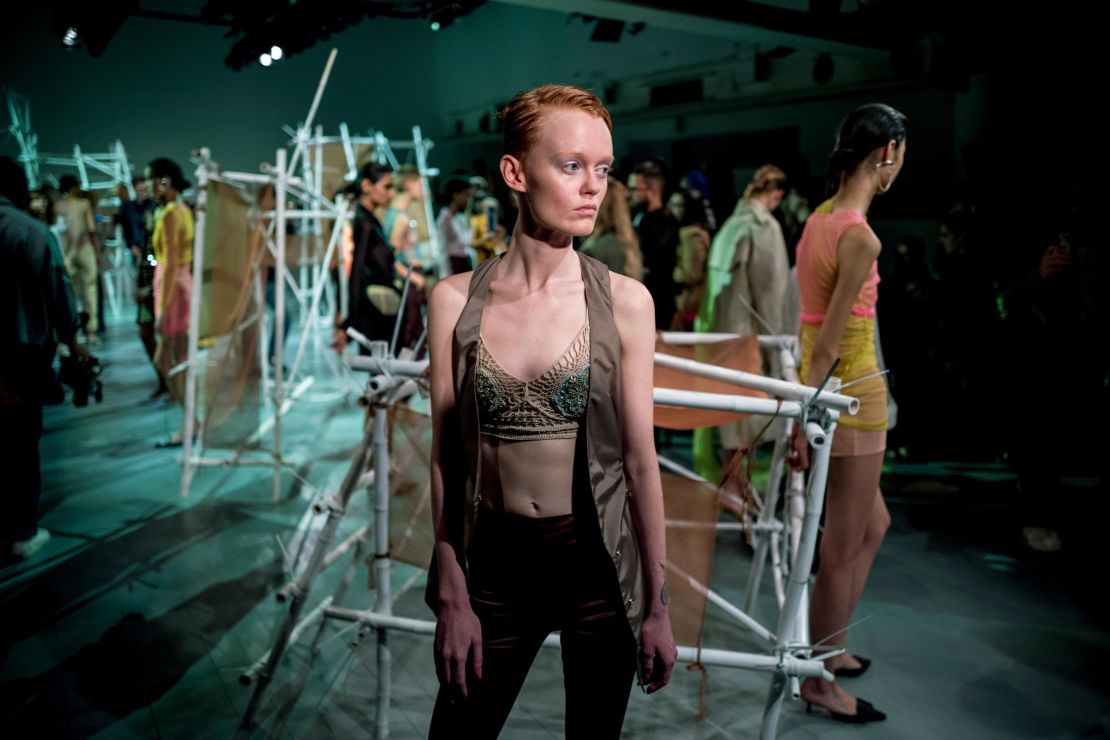
Supriya Lele, who staged her first standalone presentation this season, drew on her the grey space between her Indian heritage and her British upbringing. Her work is an antidote to the traditional tropes of Indian style, which usually center around Bollywood sparkle and woodblock elephant prints. Instead, it evoked the sensual drapery of the sari with layers of transparencies and crochet bralettes with subtle Indian embroidery, all seen through the lens of ’90s lo-fi luxury.
“I was able to work through things that I was embarrassed of,” explained Lele. “Growing up, I was always very aware that we ate certain food or dressed in a certain way. Now, I’m proud of my heritage.”











